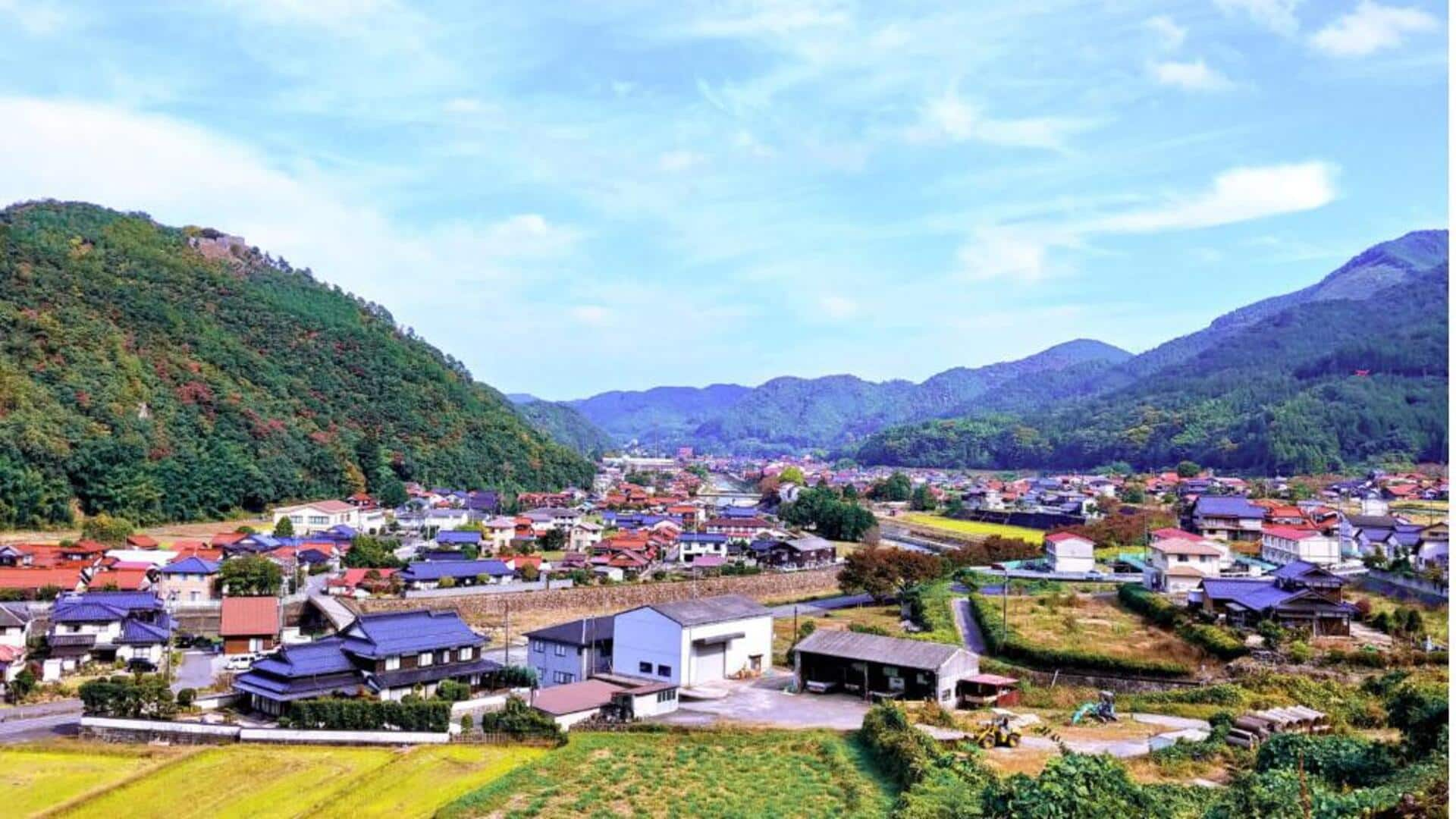
Journey through time in Tsuwano, Japan
What's the story
Tsuwano, often referred to as Little Kyoto, is a captivating town nestled in the western part of Shimane Prefecture, Japan. This hidden gem is steeped in history and culture, offering visitors a unique glimpse into the samurai era. With its traditional architecture, vibrant festivals, and serene natural landscapes, Tsuwano provides a peaceful retreat from the hustle and bustle of modern life.
Historic walk
Stroll through Tsuwano's historic streets
Walking through Tsuwano's streets transports you to the past. The town's preserved Samurai District, with its charming old houses and cobblestone paths, offers a vivid picture of feudal Japan. Visitors can explore the former residences of samurai warriors and admire the traditional Japanese gardens. An essential experience is seeing the iconic red koi carp swimming in the waterways alongside these historic streets.
Castles and shrines
Visit Tsuwano's majestic castles and shrines
Tsuwano is renowned for its historical sites. The Tsuwano Castle ruins, atop a hill, offer expansive views of the town and mountains. Another landmark, Taikodani Inari Shrine, is celebrated for its thousands of vermilion torii gates that ascend the mountainside. This shrine isn't just visually stunning but also a site of deep spiritual significance, making it a pivotal visit in Tsuwano.
Festivals
Experience traditional festivals
Tsuwano bursts with color and energy during its traditional festivals. The Yabusame Festival, celebrated annually in April at Taikodani Inari Shrine, is a highlight. It features skilled archers in period costumes aiming at targets while galloping on horseback. This thrilling spectacle captures the spirit of ancient Japan, drawing spectators eager to witness this unique cultural display.
Art & Nature
Explore natural beauty at Anno Art Museum
The Anno Art Museum, located just outside the main town area of Tsuwano, offers a unique experience. It proudly exhibits the artworks of Mitsumasa Anno, a renowned illustrator born in Tsuwano. Surrounded by lush greenery and with views over scenic rice fields, the museum provides not only cultural enrichment but also a tranquil environment for visitors.